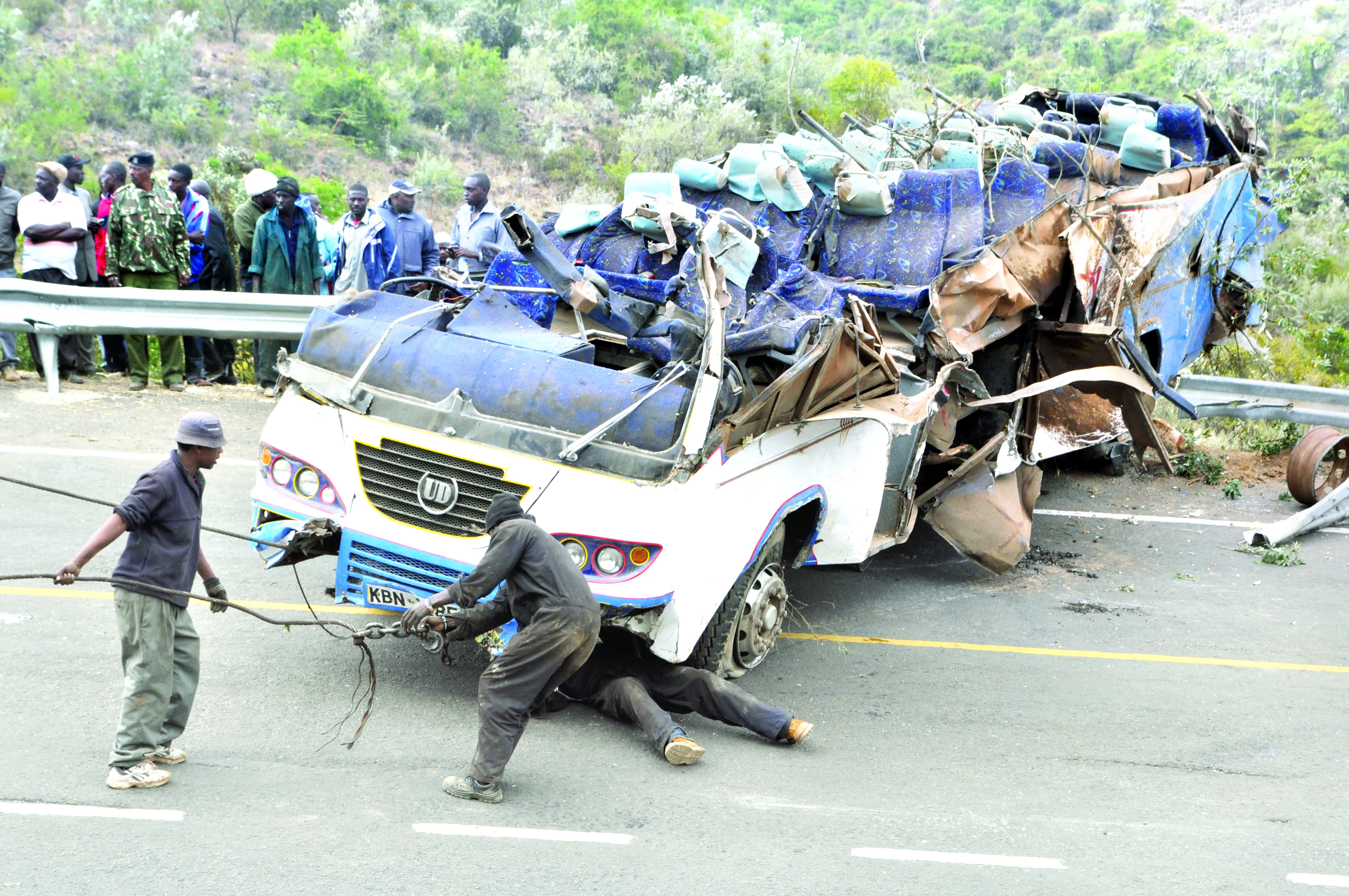Figures now available from the International Road Traffic Accident Database (IRTAD) highlight the risk of travelling by road in some countries. Not all countries compile accurate data from police sources and in many, a high percentage of road traffic crashes go unreported to the authorities. But the data from nations that do compile such information highlights counties where road risks are high and action needs to be taken.
February 6, 2015
Read time: 2 mins
Figures now available from the International Road Traffic Accident Database (3444 IRTAD) highlight the risk of travelling by road in some countries. Not all countries compile accurate data from police sources and in many, a high percentage of road traffic crashes go unreported to the authorities. But the data from nations that do compile such information highlights counties where road risks are high and action needs to be taken.
At 37th on the list, Malaysia sees some 23.6 fatalities/100,000 of population. This contrasts strongly with the UK and Iceland, where just 2.8 people/100,000 of population die in road traffic crashes. Norway, Sweden and Denmark also score well in terms of road safety with just 2.9, 3 and 3 deaths/100,000 of population respectively. Over the border from Sweden in Finland, the road death rate is notably higher at 4.7/100,000. Spain’s road safety campaign has seen its death rate drop to 4.1/100,000 of population while neighbouring Portugal’s road safety drive shows has work to be done, with 6.8 deaths/100,000. The contrast in road deaths between the Netherlands at 3.9 deaths/100,000 and its next door neighbour Belgium, at 6.9 deaths/100,000 is even more acute. This sharp contrast highlights Belgium’s known problems with regard to drink driving, speeding, low levels of enforcement and inadequate penalties for offenders. Lithuania meanwhile has the unenviable title of being the EC’s most dangerous country with regard to road transport, at 10 deaths/100,000 population.
The US and South Korea are of note with 10.7 deaths and 10.8 deaths/100,000 population, marking them out as having the highest risk roads of any developed nations. In Latin America, Chile and Argentina see road death rates of 11.4 and 12.4/100,000 respectively. Jamaica and Cambodia also have poor road safety records, at 11.4 deaths/100,000 and 13.4 deaths/100,000 respectively.
At 37th on the list, Malaysia sees some 23.6 fatalities/100,000 of population. This contrasts strongly with the UK and Iceland, where just 2.8 people/100,000 of population die in road traffic crashes. Norway, Sweden and Denmark also score well in terms of road safety with just 2.9, 3 and 3 deaths/100,000 of population respectively. Over the border from Sweden in Finland, the road death rate is notably higher at 4.7/100,000. Spain’s road safety campaign has seen its death rate drop to 4.1/100,000 of population while neighbouring Portugal’s road safety drive shows has work to be done, with 6.8 deaths/100,000. The contrast in road deaths between the Netherlands at 3.9 deaths/100,000 and its next door neighbour Belgium, at 6.9 deaths/100,000 is even more acute. This sharp contrast highlights Belgium’s known problems with regard to drink driving, speeding, low levels of enforcement and inadequate penalties for offenders. Lithuania meanwhile has the unenviable title of being the EC’s most dangerous country with regard to road transport, at 10 deaths/100,000 population.
The US and South Korea are of note with 10.7 deaths and 10.8 deaths/100,000 population, marking them out as having the highest risk roads of any developed nations. In Latin America, Chile and Argentina see road death rates of 11.4 and 12.4/100,000 respectively. Jamaica and Cambodia also have poor road safety records, at 11.4 deaths/100,000 and 13.4 deaths/100,000 respectively.







